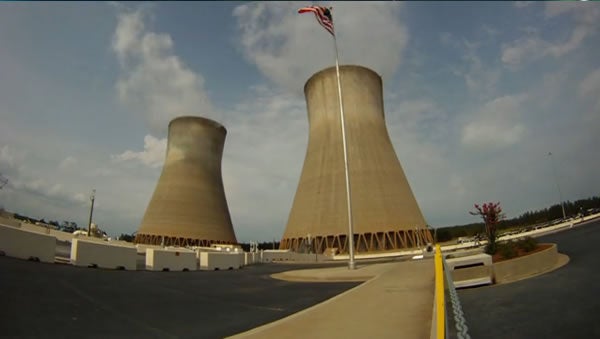Rising maintenance costs and a sharp decrease in natural gas prices have put the future of some nuclear power plants into question. But other plants face retirement under the burden of specific taxes and anti-competitive green energy subsidies.
Mark Cooper, a senior fellow at the Vermont Law School, recently published a report identifying the problems facing America’s fleet of nuclear reactors. Forced to compete with coal and natural gas in deregulated electricity markets, some nuclear power plants struggle to keep pace.
The Kewaunee Nuclear Power Station in Wisconsin closed last year on economic grounds, and Cooper thinks that Kewaunee could be the “figurative canary in the coal mine,” forecasting future closings. Faced with rising maintenance costs and looming safety upgrades mandated after the 2011 Fukushima accident in Japan, some nuclear power plants have lost their competitive edge.
Is this an indication that nuclear power is uneconomic? Not necessarily. Cooper’s list includes three reactors which face closure under the burden of bad energy policy:
- The Vermont Yankee plant is subject to nuclear-specific taxes, despite the fact that it is the only nuclear reactor in the state (and generates 65 percent of Vermont’s electricity). Radiological emergency response payments instituted in 1983, an education property tax created in 1997, and required contributions to the Clean Energy Development Fund beginning in 2006 have driven a successful plant to the brink of shuttering. In real dollars, the tax burden on Vermont Yankee from state taxes between 1990 and 2010 increased by more than a factor of 10, a difference of about $13 million.
- Connecticut’s Millstone plant, like Vermont Yankee, also made Cooper’s list for tax reasons. The 2011 Connecticut Electric Generation Tax assessed a temporary 0.25 cent per kilowatt-hour tax on all electricity generation. Of the $70 million collected statewide in the tax’s first year, $42 million was paid by Millstone’s owner, Dominion Energy.
- Finally, the Clinton plant in central Illinois is also struggling to compete with anti-competitive wind subsidies. When electricity demand is low, Clinton bids against local wind turbines for the grid to take their power. However, with a wind production tax credit that pays 2.3 cents per kilowatt-hour, wind producers can pay the grid to take their electricity and still make money.
The bottom line is simple: Government interference in electricity production kills jobs and increases electricity prices for American families. Anti-competitive subsidies meant to cut CO2 emissions might accomplish the exact opposite if they shut down nuclear power plants, which generate 64 percent of the nation’s carbon-free electricity.
It’s not the government’s job to pick energy’s winners and losers; as made clear by Kewaunee, the market does an effective job of that already.
Robert Geringer is currently a member of the Young Leaders Program at The Heritage Foundation. For more information on interning at Heritage, please click here.



























